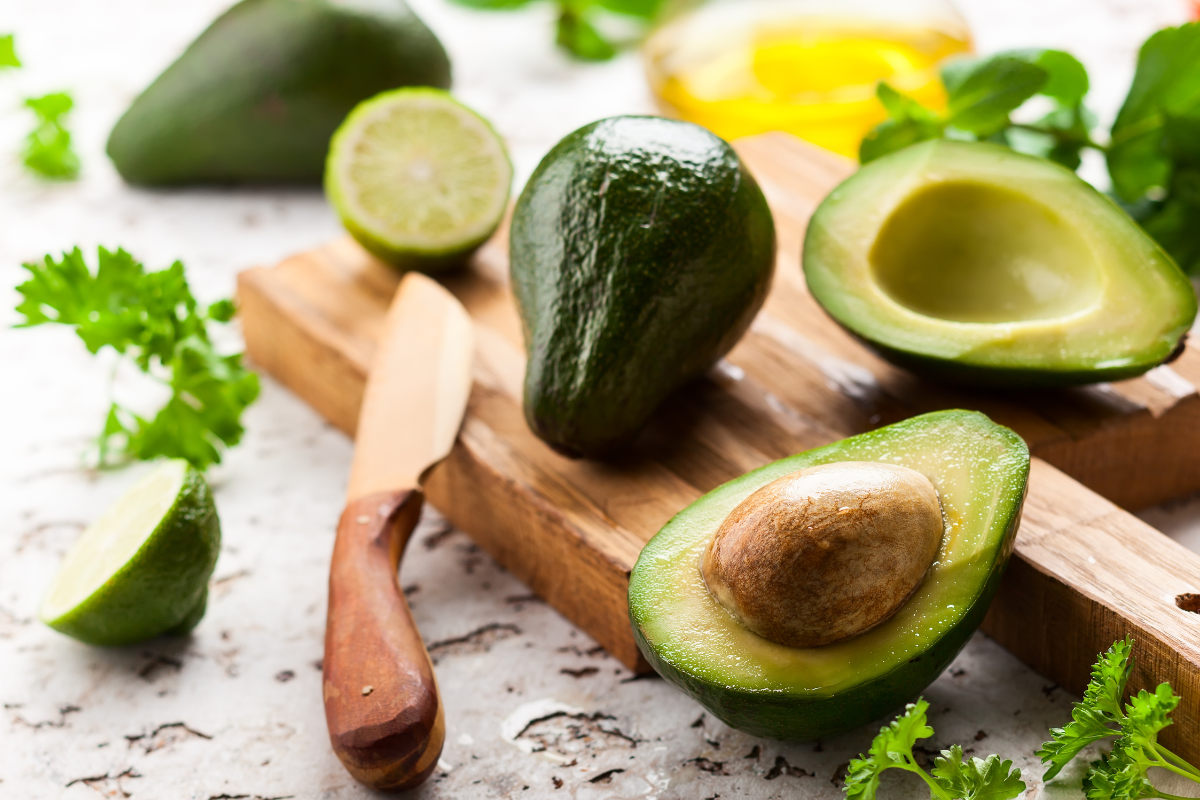The humble omelet, a dish with a long and illustrious history, transcends cultures and continents. From the French omelette to the Japanese omuraisu, this egg-based creation offers endless possibilities for a delicious and nutritious breakfast.
But what makes a truly great omelet?
It’s not just about throwing eggs in a pan. It’s about understanding the delicate balance between fluffy texture, flavorful fillings, and perfect cooking technique.
This guide will take you on a journey through the art of the omelet, equipping you with the knowledge and skills to create healthy, satisfying omelets that will keep you coming back for more.
The Foundation: Eggs and Technique
The heart of any omelet lies in the eggs: Eggs are a nutritional powerhouse, packed with protein, healthy fats, vitamins, and minerals. But for a perfect omelet, freshness matters. Room temperature eggs will beat more easily, resulting in a lighter and fluffier omelet.
There are two main schools of thought on beating eggs: some advocate for a vigorous whisking until frothy, while others prefer a more gentle approach. Experiment and see what works for you. Seasoning is key – a pinch of salt and pepper enhances the natural flavor of the eggs.
The cooking technique is equally important: A non-stick pan is your best friend. Heat it over medium heat; if the pan is too hot, your omelet will brown too quickly and become rubbery. When the pan is hot, add a pat of butter or a drizzle of cooking oil.
Now comes the magic: pour the beaten eggs into the pan. Tilt the pan to evenly distribute the eggs, allowing the runny center to flow towards the edges. As the edges begin to set, use a spatula to gently push them towards the center, allowing the uncooked egg to take their place.
This is the point where you have two options: the French fold or the American fold. The French fold results in a thin, crescent-shaped omelet, perfect for showcasing delicate fillings. For the American fold, let the omelet cook a bit longer for a thicker omelet.
Filling Your Omelet with Flavor and Nutrition
The true beauty of the omelet lies in its versatility. Here’s where you can unleash your creativity and pack in a variety of healthy and satisfying fillings.
- Vegetables: Sauteed vegetables add a burst of flavor, vitamins, and fiber. Popular choices include spinach, mushrooms, bell peppers, onions, tomatoes, and broccoli. For a quick and easy option, throw in leftover roasted vegetables.
- Protein: Lean protein keeps you feeling full for longer. Consider diced ham, turkey, chicken sausage, or even crumbled tofu for a vegetarian option. Shredded cooked salmon is a luxurious and healthy choice.
- Cheese: Cheese adds creaminess and a delightful savory note. Opt for low-fat options like feta, goat cheese, or Swiss cheese. A sprinkle of grated Parmesan cheese adds a finishing touch.
- Herbs and Spices: Don’t underestimate the power of herbs and spices to elevate your omelet. Fresh herbs like chives, parsley, and dill add a touch of brightness. Spices like smoked paprika, cumin, chili powder, and turmeric offer a range of flavor profiles.
- Beyond the Basics: Feeling adventurous? Explore unconventional fillings like caramelized onions and goat cheese, sun-dried tomatoes and feta, or black bean and corn salsa.
- Building your Omelet: Once your eggs have set slightly, it’s time for the fillings. Scatter your chosen ingredients across one half of the omelet. Use less for a thinner French fold, or more for a heartier American fold.
- Folding and Finishing Touches: Here comes the moment of truth. Using your spatula, gently fold the unfilled side of the omelet over the fillings. Let it cook for another 30 seconds or so, until the cheese is melted and the omelet is cooked through.
- Garnishes: Elevate your omelet with a final flourish. A sprinkle of fresh herbs, a dollop of Greek yogurt, or a drizzle of hot sauce adds a touch of visual appeal and extra flavor.
Mastering the Art: Tips and Troubleshooting
Creating the perfect omelet takes practice, but with a few key tips, you’ll be a master chef in no time.
- Don’t Overcook: The key to a delicious omelet is achieving a balance between cooked and fluffy. Overcooked eggs will become rubbery and tough. Aim for a slightly runny center for optimal texture.
- Control the Heat: Medium heat is your friend. If the heat is too high, the outside will brown too quickly before the inside cooks through. If the heat is too low, the omelet will take forever to cook and become watery.
- Use a Spatula: A good quality, flexible spatula is essential for maneuvering and folding your omelet. A metal spatula can scratch a non-stick pan, so opt for silicone or wood.
- Don’t Be Afraid to Experiment: The beauty of the omelet lies in its versatility. Get creative with fillings, explore different herbs and spices, and find your own signature combinations.
- Leftovers Reimagined: Leftover omelet filling can be repurposed into a delicious frittata. Simply pour the leftover filling into a pie dish, top with leftover cooked eggs or a sprinkle of fresh eggs, and bake until set.
Omelets on a Budget
Omelets are a budget-friendly breakfast option. Eggs are a relatively inexpensive source of protein, and vegetables can be added seasonally to keep costs down. Here are some tips for stretching your omelet budget:
- Utilize Leftovers: Have leftover roasted vegetables or grilled chicken? Chop them up and toss them into your omelet!
- Seasonal Produce: Take advantage of fruits and vegetables that are in season for the best prices and flavor.
- Cheese Wisely: A little bit of cheese goes a long way. Opt for pre-shredded cheese to save time, or invest in a cheese grater and buy cheese in blocks for a more cost-effective option.
- Frozen Vegetables: Frozen vegetables are a great way to add nutrients without breaking the bank. Just be sure to thaw them completely before adding them to your omelet.
- Eggs as the Star: Eggs are the main ingredient, so let them shine! You don’t need a ton of fancy fillings to create a delicious and satisfying omelet.
Omelets for Every Dietary Need
The beauty of the omelet is its adaptability to different dietary needs. Here are some tips for creating delicious and healthy omelets for everyone:
- Vegetarian: There are endless possibilities for vegetarian omelets. Explore protein-rich vegetables like mushrooms, lentils, or black beans.
- Vegan: Use a flaxseed egg substitute or a store-bought vegan egg replacer to create a vegan omelet base. Fill with sauteed vegetables and vegan cheese alternatives.
- Gluten-Free: Ensure all your ingredients are gluten-free, including checking cheese labels and opting for gluten-free bread crumbs if using them as a topping.
- Low-Carb: Opt for a thin French fold omelet and focus on low-carb vegetables like spinach, asparagus, and mushrooms.
- High-Protein: Load up on protein-rich fillings like lean meats, Greek yogurt, or cottage cheese.
How to Incorporate Avocado into Your Omelet?
There are two ways to add avocado to your omelet, depending on the texture you prefer:
For Creamy Avocado:
- Mash the avocado: Before cooking your omelet, mash half an avocado with a fork until it reaches your desired consistency. Some prefer a chunky texture, while others like it completely smooth.
- Mix it in or layer it on: You can fold the mashed avocado into your beaten eggs along with your other fillings. This will distribute the avocado flavor throughout the omelet. Alternatively, you can cook your omelet as usual, then spread the mashed avocado over one half before folding.
For Sliced Avocado:
- Slice the avocado: Just before folding your omelet, cut half an avocado into thin slices.
- Layer it on: When your omelet is almost cooked through, place the avocado slices on one half. The residual heat will cook the avocado slightly, but it will still retain a fresh flavor and creamy texture.
- Fold and enjoy: Fold the omelet over the avocado slices and cook for another 30 seconds or so, until the cheese is melted and the omelet is cooked through.
Conclusion: The Omelet, Your Culinary Canvas
The omelet is more than just a breakfast dish; it’s a culinary canvas waiting to be explored. With a little practice and creativity, you can create endless variations that are both healthy and satisfying.
So, the next time you’re looking for a quick and delicious breakfast, grab your whisk and pan, and get ready to omelet your way to a fantastic morning!



